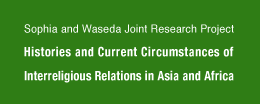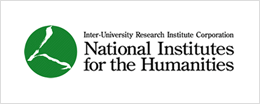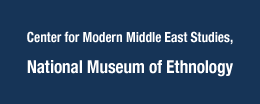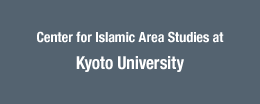Lecture by Prof. Aymon Kreil (Ghent University)
Center for Islamic Studies (Sophia University) will invite Prof. Aymon Kreil to make a lecture, titled "In the Shade of the Square: Revolutionary Cairo Out-Of-Field". Following relevant currents since the Egyptian Uprising in 2011, Prof. Kreil will focus on people's activities and interactions, especially on divisions and collaborations including inter-religious relations, in some peripheral spheres adjacent to Tahrir Square that became a centre of the Uprising.
We are truly looking forward to a wider participation of those who are interested in this precious lecture.
【Date】
27 February 2019, Wednesday 17:30-19:30
【Venue】
https://www.sophia.ac.jp/jpn/info/access/accessguide/access_yotsuya.html
7th floor, Bulding No.2, Yotsuya Campus, Sophia University
https://www.sophia.ac.jp/eng/info/access/map/map_yotsuya.html
【Language】 English
【Programme】
Prof. Aymon Kreil (Ghent University)
"In the Shade of the Square: Revolutionary Cairo Out-Of-Field"
Commentator: TAKEMURA Kazuaki, Japan Society for the Promotion of Science/Tokyo University of Foreign Studies
【Abstract】
The 2011 uprising in Egypt and the two following years of political unrest triggered a lot of media attention. Most scrutiny went to the places where demonstrators gathered and where the main clashes occurred with the police and the military. In Cairo, Tahrir Square in 2011 and 2013 and Rabia Adawiyya Square in 2013 were the two major stages of revolutionary mobilizations. By contrast, this presentation invites to focus on what happened at the margins of the events of 2011-2013. Often, only few blocks away from huge demonstrations, people carried on with their daily tasks almost as if nothing was happening. In Gilles Deleuze’s conceptualization of the “out-of-field” (hors-champ) in cinema, on which this presentation draws, he distinguishes between “frames” (cadres) and “masks” (masques): frames build up pictures whose parameters are enclosed in themselves and refer in priority to other pictures scattered over the duration of time; masks show an image which is only a delimited parcel of the surrounding space. This presentation, echoing a research on strategies to maintain everyday routines in a narrow street of Cairo during that period, argues that the squares on which the demonstrations took place acted as frames of revolutionary history obscuring the space around them in which demands of normalization created favorable conditions for the authoritarian take-over of 2013. These findings have general methodological implication, on which this presentation concludes: that it is crucial to report on what is happening in the vicinity of violent events, whether political or sectarian, to be able to account for it.
【Organizers】
Center for Islamic Studies at Sophia University (SIAS), Comparative Area Studies on Conflicts, Interactions, and Reconciliations between Islam and Other Religions including Christianity, NIHU Area Studies Project for the Modern Middle East, Research Fund Designation: Grants-in-aid for Research/Basic Research A: Towards the construction of ‘Islam & Gender Studies’: Building foundations for comprehensive discussion on gender justice and Islam.








